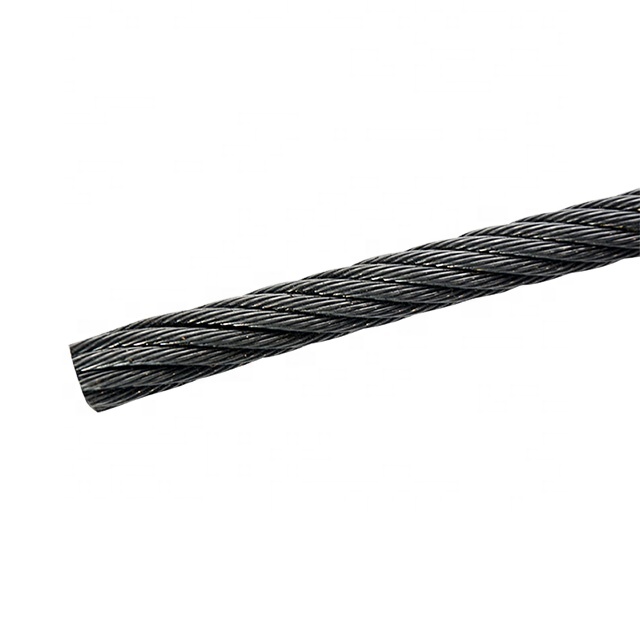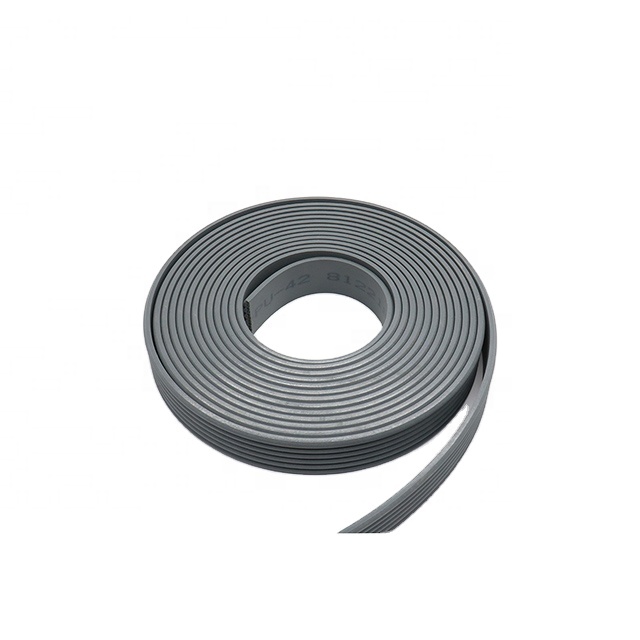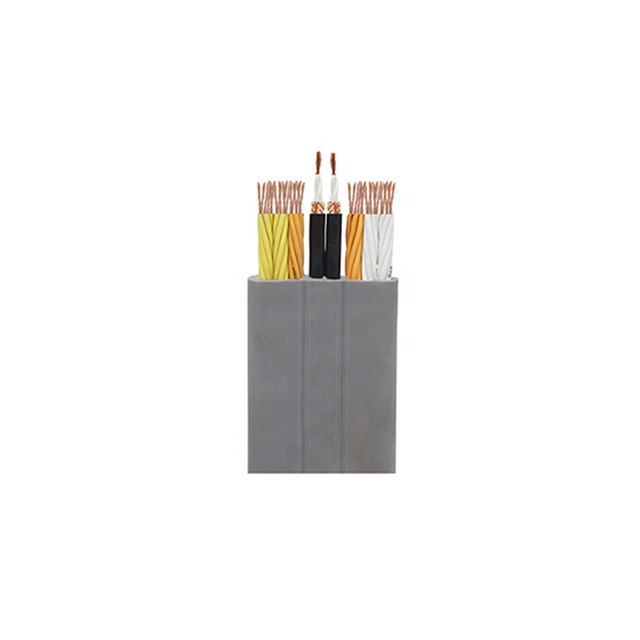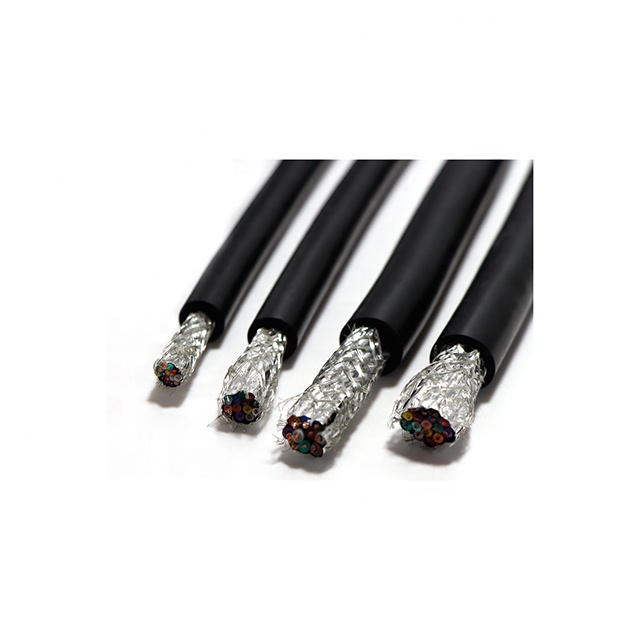Hitachi Chemical Co., Ltd. (headquarters: Tokyo, Japan, executive director: Tanaka and his/her abbreviation: Hitachi Chemical) began to sell wavelength-converting particle products. The product is used in the field of solar cell encapsulation sheets, which can further increase the conversion efficiency of solar power generation.
Solar power is rapidly gaining popularity in the world as a renewable energy source. After the nuclear power plant accident in Japan in 2011, the power supply was tight and solar power began to receive high attention. The fixed-price repurchase system for renewable energy started in July 2012 enabled solar power to be further popularized.
However, there are still many issues in solar power generation, such as the amount of power generated by the amount of sunshine and sunshine hours and so on. Among them, how to improve the photoelectric conversion efficiency to increase the amount of power generated under certain sunlight, especially for solar cell manufacturers and component manufacturers.
In order to solve this problem, Hitachi Chemical has developed a wavelength conversion particle that can be used in solar cell encapsulation sheet materials to increase power generation efficiency, and provides samples. At present, Hitachi Chemical has established a mass production system and started formal sales. This particle is characterized in that the phosphor particles are placed in acrylic resin particles and have a function of converting short-wavelength light (ultraviolet light) into long-wavelength light (visible light), and short-wavelength light is not used in conventional power generation technology. After applying the encapsulated sheet (wavelength conversion film) containing the particles to the solar cell module, it is estimated that the conversion efficiency can be increased by about 2.2% (*1).
In addition, the outer layer of the particles is a durable acrylic resin that does not degrade the durability of the solar cell module. In addition, the packaging sheet manufacturers do not need to change the production process when mixing the particles into the sheet, and will not affect the production efficiency.
In the future, Hitachi Kasei will also use the characteristics that the particles can convert short-wavelength light (ultraviolet light) to long-wavelength light (visible light), and further develop new functions, including mixing them into inks and other substances, for use in anti-counterfeiting labels, signs And other fields.
In China, in addition to its commitment to promoting social innovation through the development of materials and components, the Hitachi Group will also rely on social infrastructure such as IT services, water treatment and smart grids, as well as a wide range of superior products in the fields of elevators, construction machinery, and automotive equipment. Make greater contributions to China's development.
Elevator ropes are highly engineered and made of steel with other composites. Also they are not single wires but several strands of various sizes wrapped together. A typical cable or rope can have over 150 strands of wire precisely designed to be strong, flexible, and give long service. Multiple wire strands are used to increase the life of the cable and give flexibility. When you run a cable over a pulley wheel or sheave, the part of the wire on the sheave makes a shorter trip than the outside of the wire. This stretching over time would create weakness for a single strand. So elevator ropes are flexible strong and give long life if maintained properly.
The types of rope in an elevator can vary depending on the job that they need to do. Here are some of the more common ropes you can find lurking in your hoistway:
1. Hoisting Ropes – These are the ropes you see in all the movies. Several are used to suspend the elevator cab and make the car go up and down. These are also the cables used for the counterweights as the counterweights and elevator car are in the same system. The counterweights do just what they are called; they counter the weight of the elevator car when loaded so it takes less effort to move the car up and down. High-strength ropes are used in high rises due to the required speeds that you see today. For instance the fastest moving elevator car in the world, hits a speed that you would find on freeways; an astounding 45 miles per hour! Ultimately the grade of steel is not only determined by the speed but on the car capacity as well. The heavier the weight the car can lift, the higher strength required.
2. Governor Ropes – A governor is part of elevator safety that you will find in the hoistway or overhead space. The second that an elevator car starts falling or even rising too fast, the governor triggers the safety mounted on the car frame and brings the car to a halt. The governor rope runs over the governor sheave and down to the elevator car and is attached to the safety trip mechanism. The governor rope continues all the way down to the pit and runs under a sheave down there and then makes the journey back to the governor. This governor rope arrangement forms a continuous loop while the elevator moves up and down the hoistway. If the car starts going too fast, centrifugal force pushes flyweights outward in the governor against the spring. In simplistic terms it tells the brakes to kick in and stops the car from falling or rising too quickly. As this entire safety system relies on the governor rope, it is very important that it is reliable and in great working condition.
3. Compensating Ropes – Turns out that all of the cable or rope to make an elevator car go up and down is really heavy. This is especially true for really tall buildings. Think about this; a standard one inch elevator cable can weigh 1.85 pounds per foot. As elevator cable makes several trips up and down the hoistway, this weight can really add up. So compensating ropes [compensate" for all the weight of the hoisting ropes on the car or counterweight side. Probably any elevator that exceeds 100′ of travel needs these ropes that are connected to the sling that holds the car and the counterweight frame.
The most important thing about any elevator rope is that they must be in good operating condition at all times. This means inspected often. The technician when performing routine checks doesn`t just look up the hoistway, nod their head and move on; they must check the ropes closely for proper tension, any wear patterns, the diameter of the rope, any rusting, pitting or breaks in strands, the sheaves, proper lubrication and connections.




Elevator Cable,Elevator wire rope,Lift ropes,governor rope,Elevator steel wire rope,Elevator steel cable
Suzhou Keffran Parts Co.,ltd , https://www.keffran-elevatorsmart.com